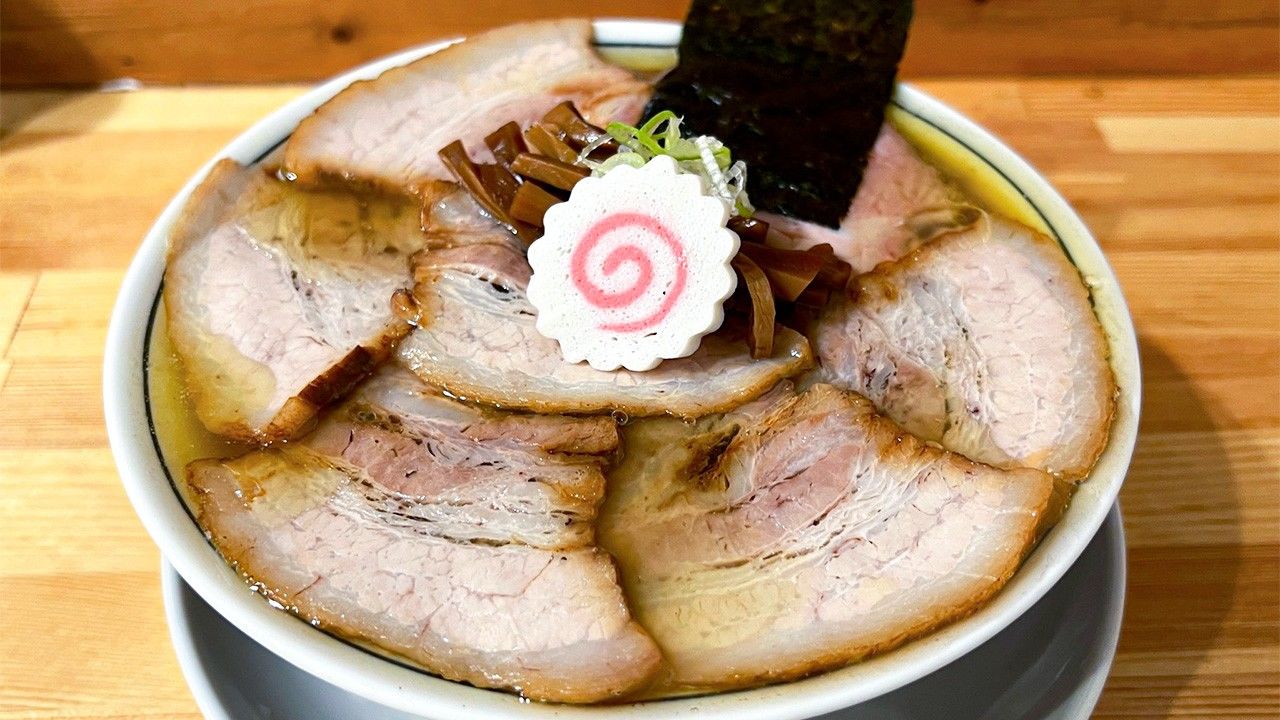
The Ever-Evolving Culture of Ramen
Tokyo’s “Must Eat” Ramen: Essential Bowls in Japan’s Fiercest Noodle Market
Food and Drink Guide to Japan- English
- 日本語
- 简体字
- 繁體字
- Français
- Español
- العربية
- Русский
The Evolution of a Classic
Many of the hottest bowls in Tokyo right now fall into what is known as the “neo-classic style,” a modern take on the original soy-sauce based broth and noodles. Even as they maintain retro ramen visuals, though, today’s chefs have worked to upgrade the ingredients, from the broth and noodles to the toppings, and the result is a slow-burn growth in popularity. The banner photo above shows a bowl of Char Siu Men (¥1,200) from There Is Ramen in Suginami, just north of Ogikubo station, a neo-classic style shop that has been listed in the Michelin Guide Tokyo. The Michelin site states that the chef “seeks a natural flavour for his ramen by using dried sardines and the umami of meat to good effect.”
In today’s social media-driven world, ramen cannot survive on taste alone; it must be photogenic as well. The flagbearer of that trend is the tanrei, or clean and clear, style that took off in the 2010s. Tanrei ramen stands out for its clear, unclouded chintan broth, and shops using the style focus particularly on the visual element, with each noodle carefully aligned in the broth to create what they call mensen, or noodle alignment. Chintan broth combines pork or chicken with seafood stock in a method designed entirely to make the noodles look more appetizing.
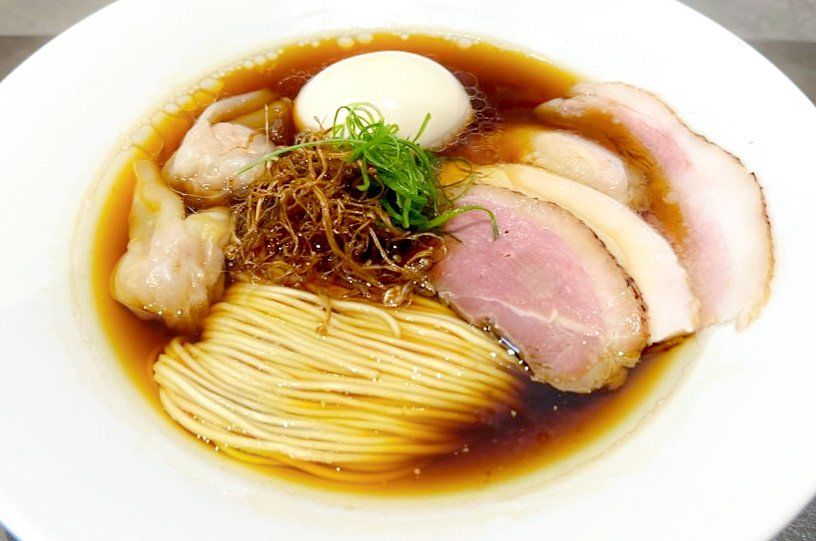
Tokujō Shōyu Ramen (¥2,000) from Ramen Break Beats in Yūtenji shows off a beautiful aligned mensen. (© Yamakawa Daisuke)
The chef/owner of Ramen Break Beats, near Yūtenji in Meguro, trained while eating at various famous shops around Tokyo and developed his own original take on the tanrei style. Even after he opened his own outlet, he remained dedicated to improving his flavor, and the shop’s trademark mensen achieved its current visual impact with coaching from the famous ramen shop Shibasakitei in Chōfu. The umami-packed tanrei broth quickly gathered fans, and soon the shop had lines out the door. It was listed in the Michelin Guide within two years of its 2022 opening.
Thirty New Shops a Month
Tokyo is a global gourmet paradise and an icon of Japanese food culture. Ramen is no exception, and the metropolis attracts famous chains and flavors from all over Japan, with new shops opening every day. It is the nation’s leading battleground market.
While the nationwide average number of ramen shops per prefecture is 450, Tokyo more than quadruples that at over 2,000 (based on telephone directory listings). With over 30 new ones opening a month, the math does equal a new shop every day. Ramen shops tend to gather around major train stations, and the area around Shinjuku station, the world’s busiest, has become the most famous battleground in Japan. There are over 200 shops in the area, outstripping even the number of the district’s convenience stores.
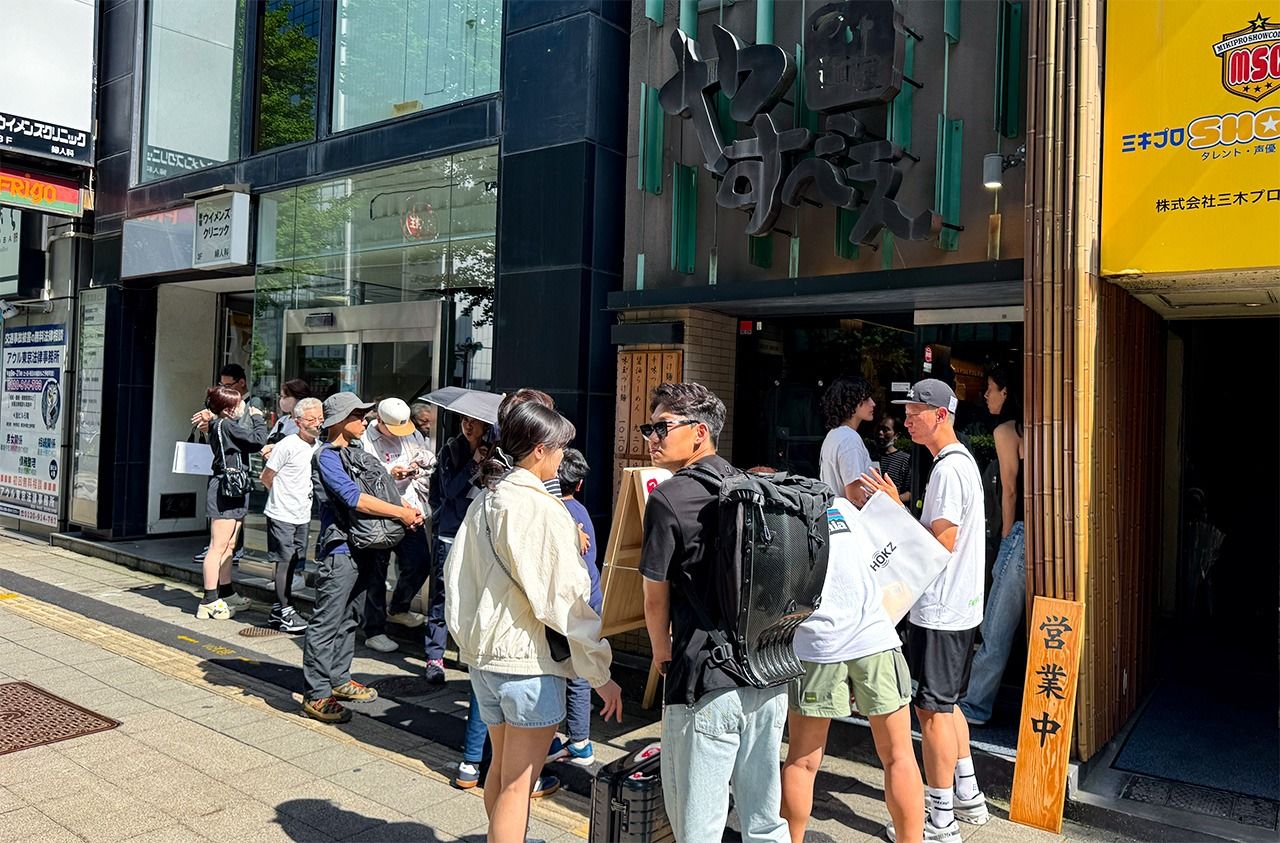
The line outside Tsukemenya Yasubē, a popular contender in the fierce Shinjuku ramen marketplace. (© Yamakawa Daisuke)
Ramen Trendsetter
With masters of the craft constantly trialing new things, Tokyo has also become a center for the birth of new trends. You could even say that’s one of the greatest appeals of its ramen scene.
Tsukemen, a style where dry noodles are dipped in a flavored sauce, or aburasoba, which has noodles mixed with a flavored sauce but no broth, were both Tokyo originals. In the broth realm, too, Tokyo was the birthplace of the seabura style, which has noodles in tonkotsu pork bone broth sprinkled with melted pork back fat, as well as the “double soup” style melding multiple types of stock into a rich broth. Both have become national trends.
And the artisans have still not tired of their exploration. Many shops craft their own noodles, honing their techniques and specially selecting ingredients in search of the ideal flavor and greater brand value for their shops. There are even some who have taken to growing their own wheat.
From Competition to Cooperation
All these shops, by competing through technique and idea, have helped ramen evolve. New shops are constantly entering the marketplace and helping to raise the level of quality year after year. Even if one shop serves up truly delicious ramen, another that exceeds it is soon to appear, and the result is a constant struggle for a piece of the pie. Shops have to find new ways to stand out to earn repeat business.
Now, though, change is brewing. There is a trend toward shops starting to value connections with each other by creating collaborative menus or working together to plan events like ramen festivals. Shops can now share fans and target new customers. Famous ones are starting to hand on the recipes that were once carefully guarded secrets, helping to raise the level of skill of the whole industry. The outcome is greater ramen diversity, with new flavors and higher quality.
At the same time, Tokyo’s ramen culture is built on a foundation of famous shops offering classic, straightforward ramen. For example, places like Manpuku in Ginza or Harukiya in Ogikubo have been in business for over 50 years and have been steadfast favorites of Tokyoites, serving as role models with an outsized influence on succeeding generations. The ramen of Tokyo is as interesting as it is precisely because you can still enjoy old-fashioned, orthodox ramen even as new shops and genres appear.
Many readers are surely ready to go out and enjoy a tasty bowl right about now, so here we shall introduce a few must-try Tokyo ramen shops. Three stand at the leading edge of ramen evolution, while the other two are long-loved shops serving up classic flavor. Comparing these five shops’ ramen is a great way to experience a wide range of Tokyo’s rich ramen culture.
Tanrei Style: Shinjiko Shijimi Chūkasoba Kohaku (Nishirokugō, Ōta)
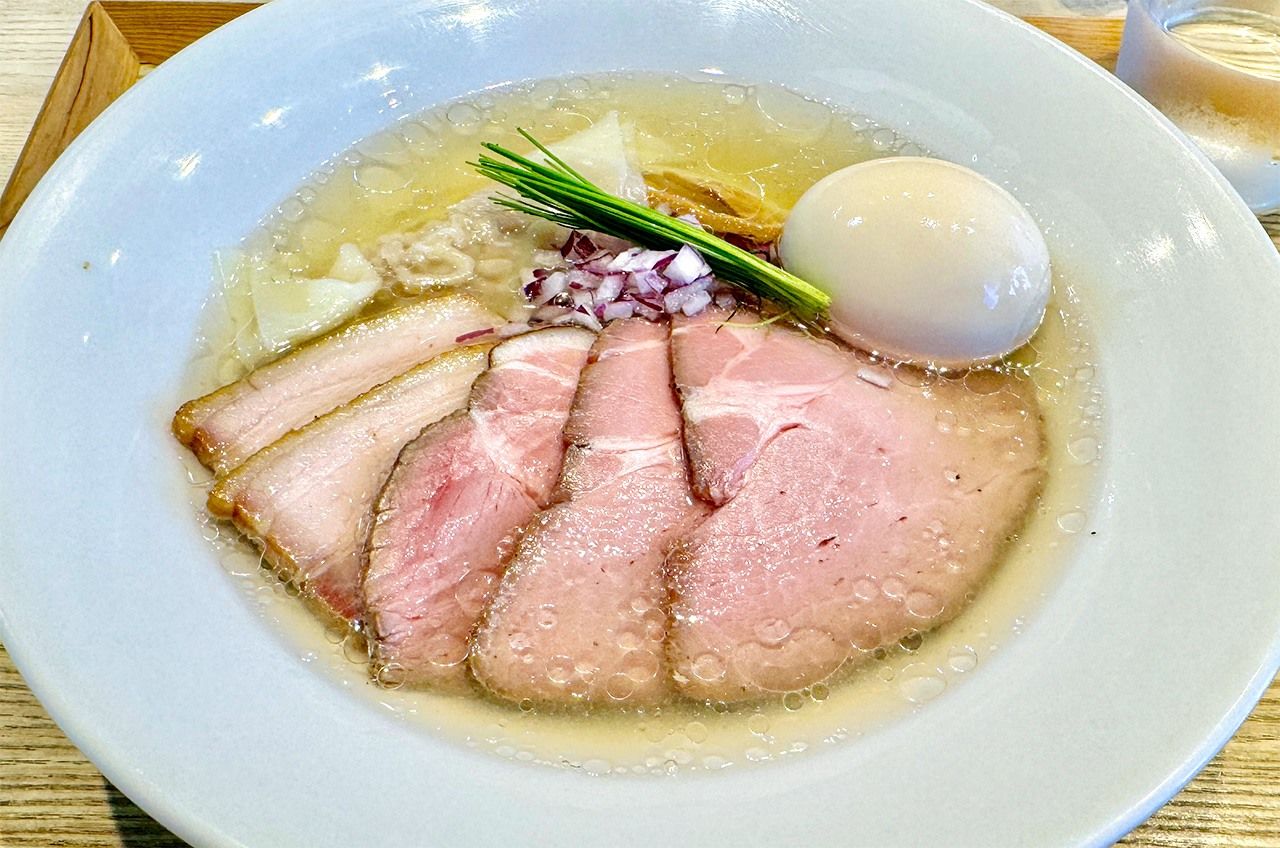
Shinjiko Shijimi Chūkasoba Kohaku’s Tokusei Chūkasoba, (¥1,700). (© Yamakawa Daisuke)
Shinjiko Shijimi Chūkasoba Kohaku in Nishirokugō, Ōta, earned a Bib Gourmand award in the Michelin Guide just five years after opening and has kept it for the four years since. It has also won numerous domestic awards.
The shop’s name tells the story, with the moniker Kohaku fleshed out with a description of the shijimi clams, farmed in Shimane Prefecture’s Lake Shinji, that go into its broth. Its elegantly styled salt-broth Tokusei (special) dish uses roughly 80 freshwater clams per bowl of broth. The instant you sip the glistening, clear broth, the rich shellfish umami rolls across your palate. A long-awaited second branch opened in Ikebukuro in 2023, offering a more casual chance at the same flavor as the first.
Neoclassic Style: Ēchan Shokudō (Shimomeguro, Meguro)
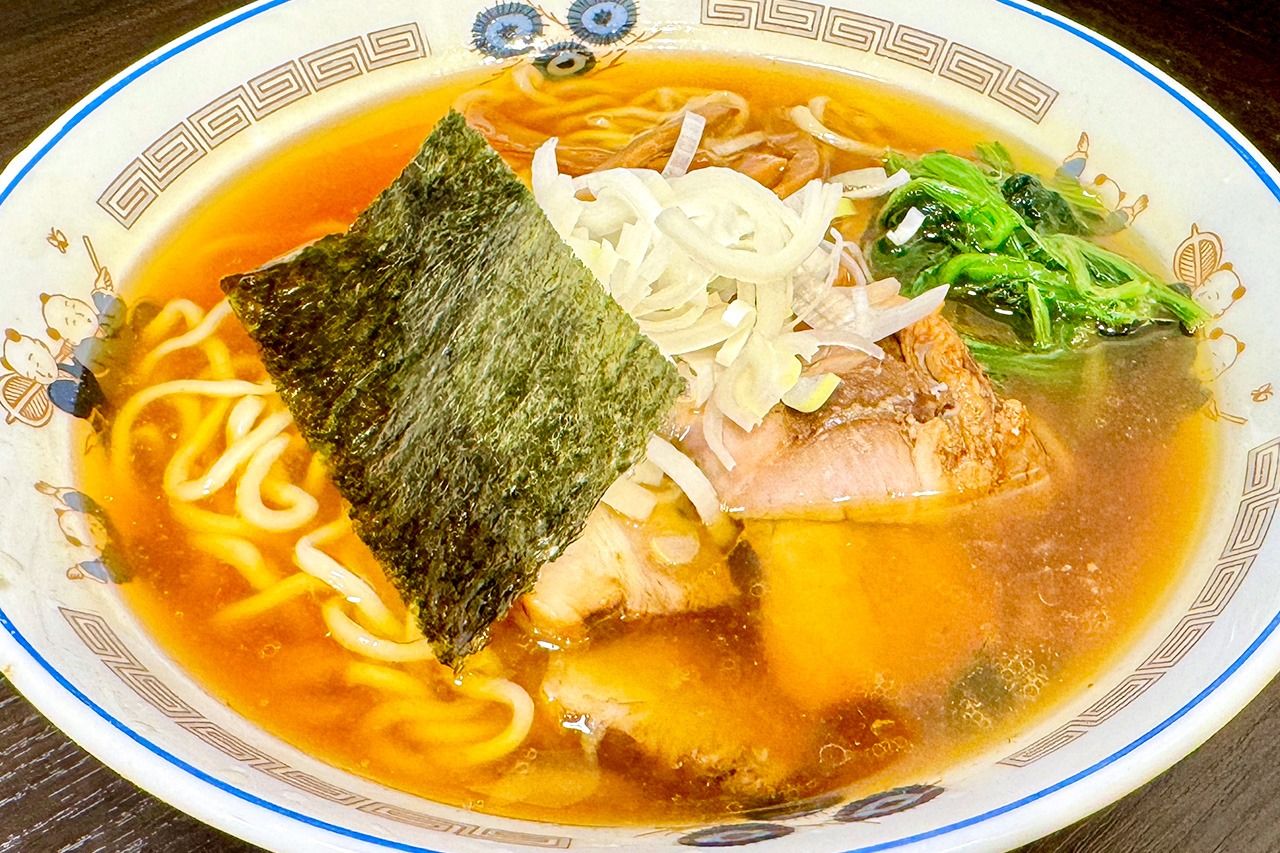
Ramen at Ēchan Shokudō (¥1,000). (© Yamakawa Daisuke)
The neoclassic ramen at Shimomeguro’s Ēchan Shokudō is a must-eat bowl that vividly recalls the original chūkasoba that was once so loved in Tokyo.
Its simple ramen, which even hardcore fans obsess over, uses a broth based on mackerel and other seafood stock combined with stock from kombu kelp and vegetables, poured over thin, crinkly noodles. It is topped with menma bamboo shoots and white scallions for a simple appearance, but the flavor is deep and complex. This bowl has brought moans of pleasure to countless foodies and causes lines to form from the early morning.
Tanrei Style: Iruka Tokyo (Roppongi, Minato)
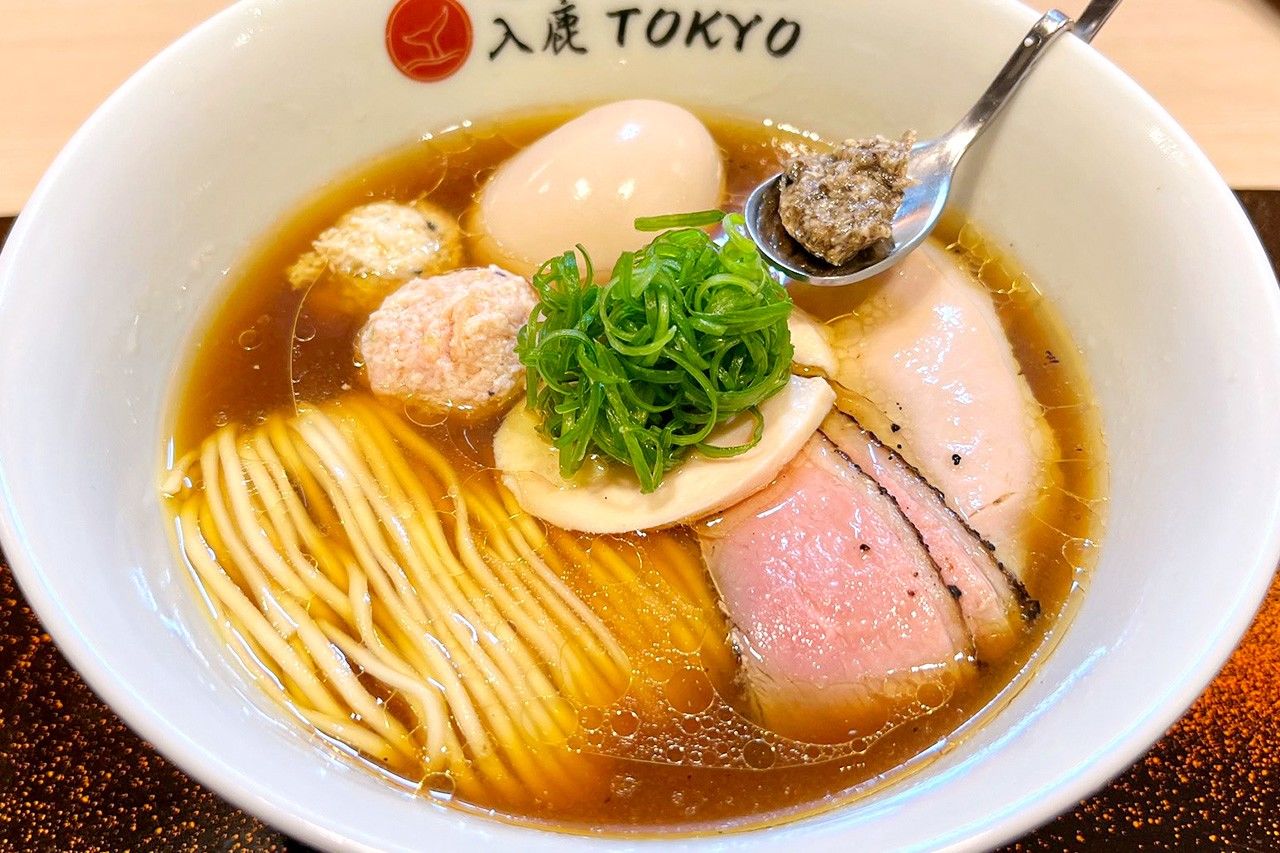
Iruka Tokyo’s Kiwami Porcini Shōyu Ramen (¥2,000). (© Yamakawa Daisuke)
Roppongi’s Iruka Tokyo has garnered attention by creating a “quartet soup” of four different stocks for its noodles.
The Kiwami Porcini Shōyu Ramen uses stock taken from chicken, pork, mussels, and spiny lobster, mixing them to create a complex taste sensation. The stocks are all cooked at temperatures ideal to their individual ingredients to maximize their potential for the ultimate broth. It truly is a must-eat bowl.
Seabura Style: Hope Ken (Sendagaya, Shibuya)
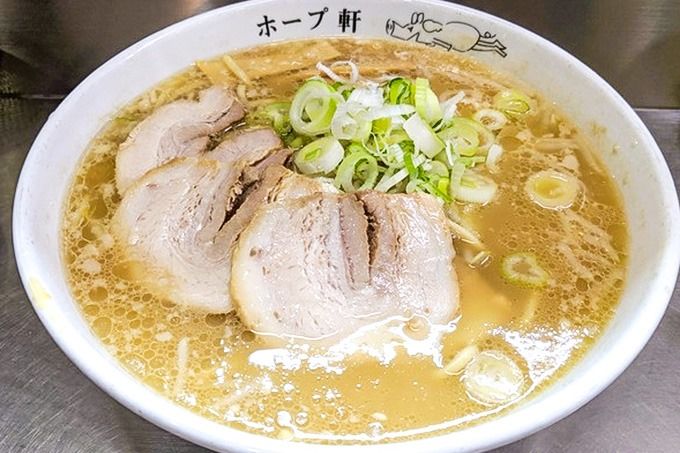
Hope Ken’s Ramen (¥1,000). (© Yamakawa Daisuke)
Hope Ken in Sendagaya has been a Tokyo stalwart for 60 years, since its street stall days, and is known for its seabura tonkotsu ramen.
The ramen broth, which has remained unchanged since the shop’s founding, is a pork bone and soy sauce base topped with melted seabura back fat for a flavor with over a half century of history. The house-made noodles are medium-thick with a marked firm, chewy texture that matches perfectly with the broth. Open 24 hours a day, seven days a week, it is a friend to hard-working Tokyoites. The home of seabura is still going strong!
Truly Orthodox: Benten (Narimasu, Nerima)
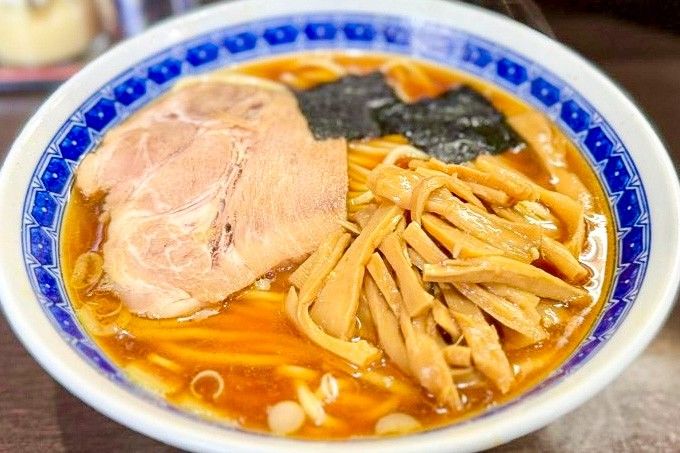
Benten’s Ramen (¥950). (© Yamakawa Daisuke)
No discussion of ramen in Tokyo would be complete without mentioning Benten, in Asahichō, Nerima. It is a legendary shop offering up the platonic ideal of orthodox ramen.
The simply named Ramen is topped with a wide slice of char siu pork and house-made menma bamboo, and uses powerful broth made from chicken and pork bones, dried fish, and other seafood, all slow-boiled for hours then poured over thick house-made noodles. You can enjoy a cold bottle of beer with a side of menma while you wait for your bowl to get the true “old Tokyo” ramen experience.
(Originally published in Japanese. Banner photo: Neo-classic style Char Siu Men from Ogikubo’s There Is Ramen. © Yamakawa Daisuke.)
